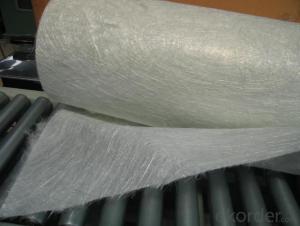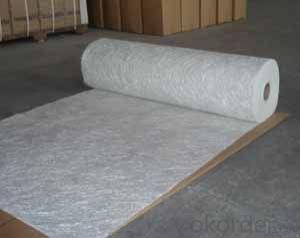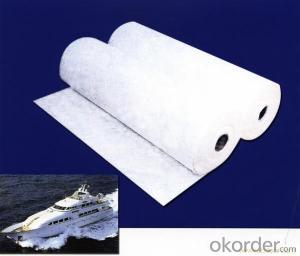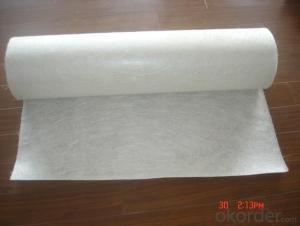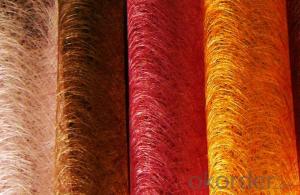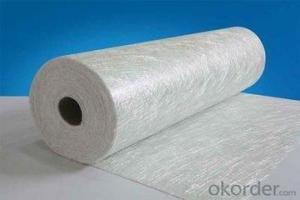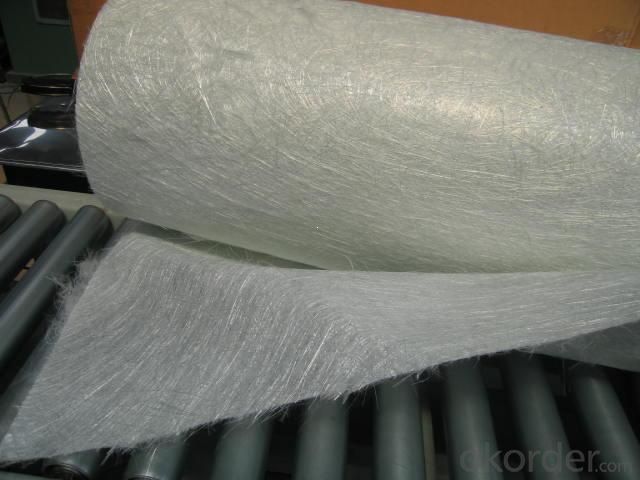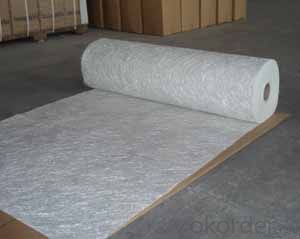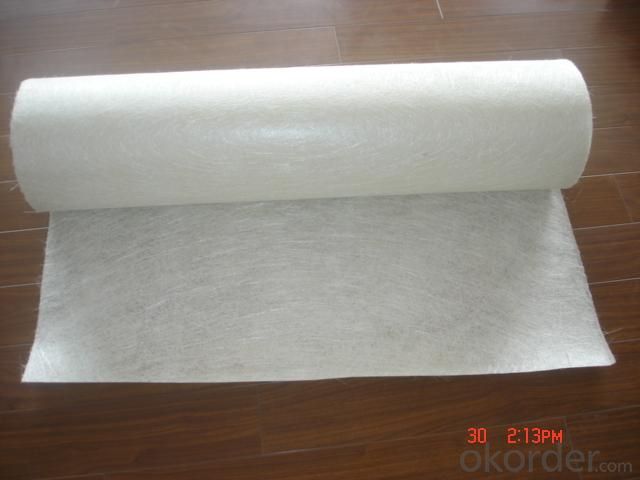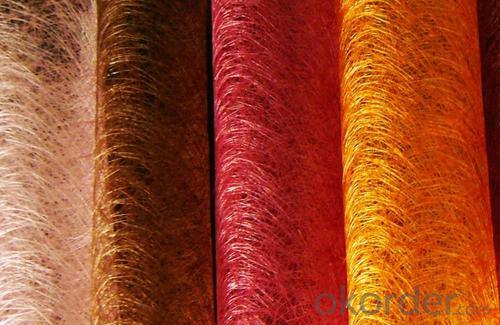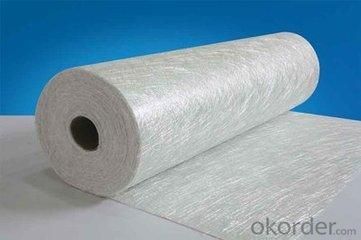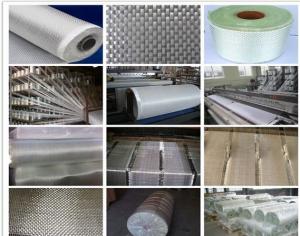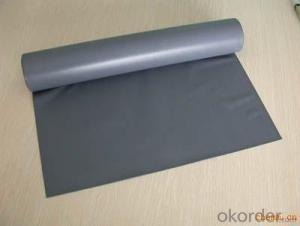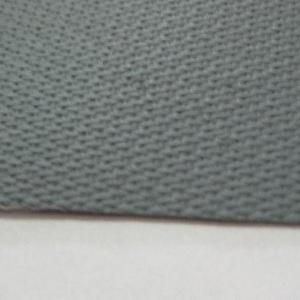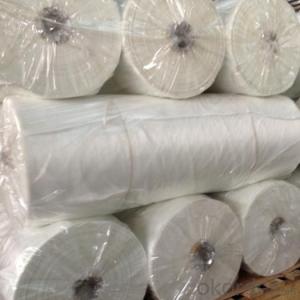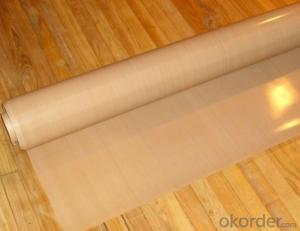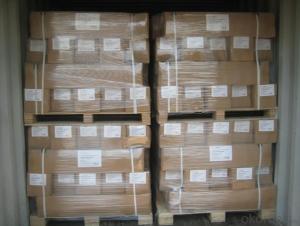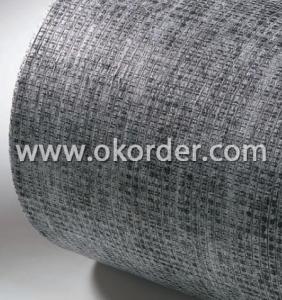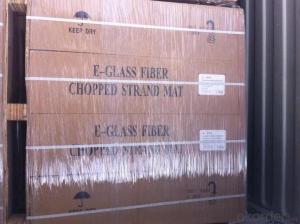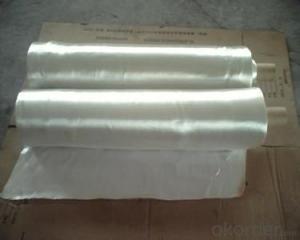Silicone Coated Fiberglass Fabric - Fiberglass Supplies/Fiberglass Reinforced Polymer
- Loading Port:
- Tianjin
- Payment Terms:
- TT OR LC
- Min Order Qty:
- 100 m.t.
- Supply Capability:
- 20000 m.t./month
OKorder Service Pledge
OKorder Financial Service
You Might Also Like
Quick Details
| Place of Origin: | Hebei, China (Mainland) | Brand Name: | Yuniu | Model Number: | thermoplastic Chopped Strands |
| Application: | thermoplastic | Surface Treatment: | silane | Technique: | chopping |
| Length: | 3-22mm | Quality: | Perfect | Certificate: | ISO9001:2000 |
| Color: | White |
Packaging & Delivery
| Packaging Details: | bag, pallet |
| Delivery Detail: | 7 days after the payment |
Specifications
Glass fibre Chopped Strands for concrete are designed for reinforcing PP, PA,PET, PBT POM, PPS and PC
Glass fibre Chopped Strands mainly used in injection and compression molding processes and its typical end-use applications include automotive industry, home appliances, valves, pump housings, chemical corrosion resistance and sports apparatus.
Product Features
1.Good strand integrity, low static and good flowability;
2.Fast and uniform distribution in resins, good processing properties and good mechanical
properties of the end products;
3.Good bonding with resins. No fiber sticking out at the surface of the end products and aesthetic
appearance.
Technical parameters
Filament Diameter(%): ±10
Moisture Content(%): ≤0.10
Size Content(%): 0.75±0.20
Chop Length (mm): ±1.0
Chop ability(%): ≥98
Packaging
Glass fibre Chopped Strands can be packed in bulk bags, cardboard boxes or composite plastic woven bags;
Bulk bags can hold 500kg~1000kg each;
Cardboard boxes and composite plastic woven bags can hold 15kg~25kg each.
Storage
Unless otherwise specified, fiberglass products should be stored in a dry, cool and rain-proof area. It is recommended that the room temperature and humidity should be always maintained at 15-35,35%-65% respectively.
Picture
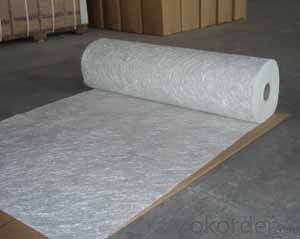
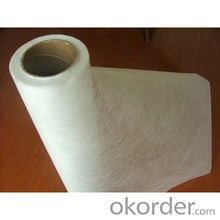
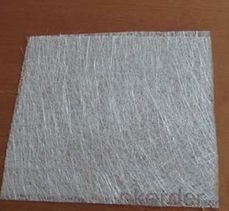
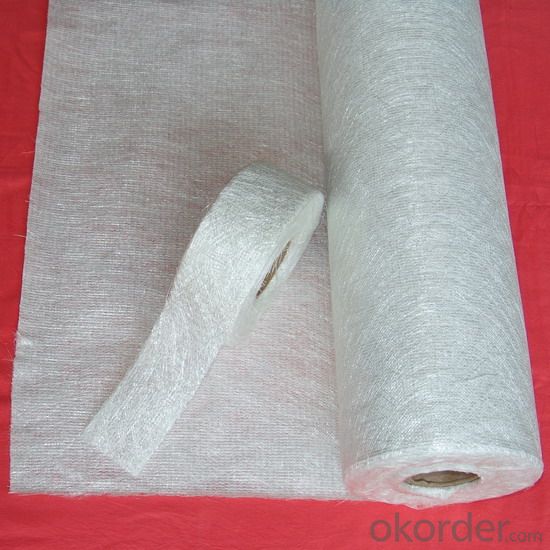
- Q: Can fiberglass fabrics be used for insulation in refrigeration systems?
- Yes, fiberglass fabrics can be used for insulation in refrigeration systems. Fiberglass is a popular choice for insulation in various applications, including refrigeration systems, due to its thermal resistance and durability. It helps to maintain the desired temperature within the system by minimizing heat transfer.
- Q: Which is more durable, stone cotton or glass cloth?
- Asbestos is a specialized mineral that can be obtained by processing. Glass fiber is usually fused with quartz and alkali. The more alkali is added, the worse the performance is. Many processes require alkali free fiberglass.If you want to talk, open another question
- Q: What are the different coatings available for fiberglass fabric?
- There are several different coatings available for fiberglass fabric, each designed to enhance the fabric's performance and provide specific properties. Some of the most common coatings used for fiberglass fabric include: 1. Silicone: Silicone coatings offer excellent heat resistance and are commonly used in applications where high temperatures are involved, such as insulation blankets, removable insulation covers, and fire protection systems. 2. Acrylic: Acrylic coatings provide good weather resistance and durability, making them suitable for outdoor applications. They also offer some level of abrasion resistance and can be used for protective covers, awnings, and banners. 3. Polyurethane: Polyurethane coatings offer high flexibility and elasticity, making them ideal for applications that require fabric to stretch or bend. They provide good resistance to chemicals and UV radiation, making them suitable for use in protective clothing, boat covers, and inflatable structures. 4. PTFE (Polytetrafluoroethylene): PTFE coatings are known for their excellent non-stick properties and resistance to high temperatures. They are commonly used in applications where low friction and high temperature resistance are required, such as conveyor belts, release sheets, and insulation covers. 5. Vinyl: Vinyl coatings offer good water resistance and durability, making them suitable for applications that require fabric to be waterproof. They are commonly used in tarps, truck covers, and outdoor furniture covers. 6. Neoprene: Neoprene coatings provide excellent resistance to oils, chemicals, and abrasion. They are commonly used in applications that require fabric to be resistant to harsh environments, such as protective clothing, gloves, and industrial curtains. It is important to note that each coating has its own set of advantages and limitations, so the choice of coating should be based on the specific requirements of the application.
- Q: Can fiberglass fabrics be used for insulation in cryogenic storage tanks?
- Yes, fiberglass fabrics can be used for insulation in cryogenic storage tanks. Fiberglass has excellent thermal insulation properties and can withstand low temperatures, making it a suitable material for cryogenic applications.
- Q: Can fiberglass fabrics be used for reinforcement in electronic devices?
- Certainly! Fiberglass fabrics are capable of being utilized for reinforcement in electronic devices. Renowned for their exceptional strength, durability, and electrical insulation properties, fiberglass fabrics are well-suited for a multitude of applications within the electronics industry. One such application involves reinforcing electronic components, like circuit boards, in order to enhance their mechanical strength and safeguard against damage caused by vibrations or impacts. Furthermore, the electrical insulation properties inherent in fiberglass fabrics render them an ideal choice for reinforcing cables and wires, affording protection against abrasion and bolstering overall performance and durability. In summary, fiberglass fabrics offer an outstanding solution for strengthening electronic devices and components, ensuring their dependability and long lifespan across diverse operating conditions.
- Q: Is fiberglass fabric resistant to chemicals used in pharmaceutical industry?
- Yes, fiberglass fabric is generally resistant to the chemicals used in the pharmaceutical industry. Its non-reactive nature and high chemical resistance make it suitable for use in various pharmaceutical applications such as filtration, insulation, and protective clothing. However, it is important to note that the specific chemical resistance may vary depending on the type of fiberglass fabric and the concentration and duration of exposure to the chemicals.
- Q: Are there any health risks associated with exposure to fiberglass fabrics?
- Exposure to fiberglass fabrics can indeed pose health risks. Fiberglass consists of minuscule, sharp fibers that easily become airborne when the fabric is disturbed or harmed. Inhaling or coming into contact with these fibers can cause irritation, itching, and redness on the skin. Furthermore, prolonged exposure to fiberglass fibers can result in more severe health problems like respiratory complications, lung damage, and even cancer. Besides direct contact, fiberglass fabrics can also emit tiny particles into the air, making them potentially hazardous to the respiratory system. Inhaling these particles can induce coughing, wheezing, and shortness of breath. Individuals with pre-existing respiratory conditions such as asthma or chronic obstructive pulmonary disease (COPD) may be particularly vulnerable to these effects. To mitigate the health risks associated with fiberglass fabrics, it is crucial to take precautions when handling or being around them. This entails wearing suitable personal protective equipment like gloves, goggles, and a respiratory mask to prevent direct contact and inhalation of the fibers. Additionally, it is important to handle fiberglass fabrics with care to prevent damage and the release of fibers into the air. If you suspect that you have been exposed to fiberglass fibers and are experiencing symptoms such as skin irritation or respiratory issues, it is advisable to seek medical attention. A healthcare professional can evaluate your condition and administer appropriate treatment if necessary.
- Q: Is fiberglass fabric suitable for use in aerospace interiors?
- Aerospace interiors can benefit greatly from the use of fiberglass fabric. This material is well-known for its exceptional strength-to-weight ratio and fire resistance, making it an ideal choice for various applications in the aerospace industry. It is commonly utilized in the construction of aircraft interiors, such as walls, ceilings, seats, and insulation. One of the main reasons why fiberglass fabric is favored in aerospace interiors is its impressive strength. It offers exceptional durability and can withstand the demanding conditions and vibrations experienced during flights. Moreover, its lightweight nature helps to reduce the overall weight of the aircraft, leading to improved fuel efficiency. Another significant advantage of fiberglass fabric is its inherent fire resistance. This is crucial for ensuring the safety of both passengers and crew members. In the event of a fire, fiberglass fabric will not ignite or contribute to the spread of flames. This provides valuable time for evacuation and minimizes the risk of a catastrophic incident. Additionally, fiberglass fabric is highly versatile and can be easily molded and shaped to fit the specific design requirements of aerospace interiors. It can be used as a structural material, providing stiffness and support, or as a decorative element, enhancing the aesthetic appeal of the cabin. To summarize, fiberglass fabric offers numerous advantages that make it an excellent choice for use in aerospace interiors. Its strength, lightweight nature, fire resistance, and versatility contribute to the safety, durability, and functionality of aircraft cabins.
- Q: Can fiberglass fabric be used for insulation sheets?
- Yes, fiberglass fabric can be used for insulation sheets. Fiberglass fabric is widely used in insulation applications because of its excellent thermal properties. It is a non-combustible material that can withstand high temperatures, making it ideal for insulating various areas such as walls, roofs, pipes, and ducts. Fiberglass fabric is also resistant to moisture, which helps prevent the growth of mold and mildew. Additionally, it is a highly durable material that can effectively trap heat or cold, providing efficient insulation for both residential and commercial buildings.
- Q: Can fiberglass fabric be used for heat-resistant blankets?
- Yes, fiberglass fabric can be used for heat-resistant blankets.
Send your message to us
Silicone Coated Fiberglass Fabric - Fiberglass Supplies/Fiberglass Reinforced Polymer
- Loading Port:
- Tianjin
- Payment Terms:
- TT OR LC
- Min Order Qty:
- 100 m.t.
- Supply Capability:
- 20000 m.t./month
OKorder Service Pledge
OKorder Financial Service
Similar products
Hot products
Hot Searches
Related keywords
